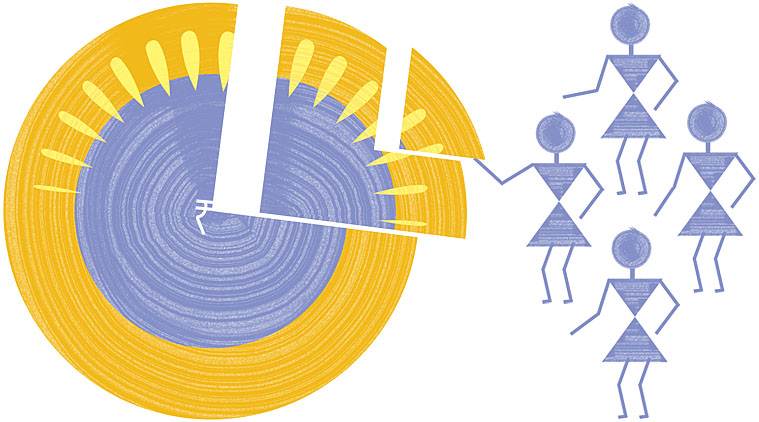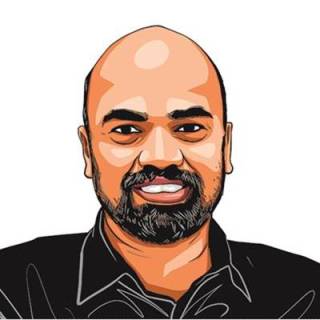Quota, old plus new
There are substantial inequalities even within Dalits. In addition to the 15 per cent quota, the community should also have reservation based on socioeconomic criteria.

Reservations are sometimes criticised in a constructive manner by analysts who argue that quotas are cornered by a few jatis at the expense of those who “really need them”. Among Dalits, the Jatavs of Uttar Pradesh and the Mahars of Maharashtra have been targeted by such critiques. The India Human Development Survey, and its last two rounds of 2004-05 and 2011-12, helps us assess the limitations of such a discourse which, usually, does not rely on any solid data.
In terms of their annual per capita mean income (APCMI), Jatavs are not at all doing better than other important Dalit jatis of UP: They earned only Rs 6,135 a year in 2011-12, against Rs 6,643 for the Pasis and Rs 9,077 for the Dhobis. Interestingly, the APCMI of the Jatavs had increased by 125 per cent between 2004-05 and 2011-12, whereas that of the Pasis has jumped by 162 per cent and that of the Dhobis by 198 per cent.
Despite this increase, Dalits, with an average mean income of Rs 6,847 in 2011-12, continued to lag far behind all the other caste groups, including Brahmins (Rs 15,497) and Yadavs (Rs 12,271), something which may complicate the relations between the BSP and SP. The only Hindu jatis earning less than the average Dalits were the Lodhis and the Gaderias.
Jatavs did not do that well economically in spite of a marginal advantage in terms of education: In 2011-12, 2.5 per cent of them were graduates, when graduates represented only 0.5 per cent of the Pasis and 0.6 per cent of the Dhobis. Jatavs lagged behind other Dalit jatis from the point of view of their APCMI despite their comparatively higher access to the salariat: More than 10 per cent of Jatavs had a salaried job in 2011-12, against 6.6 per cent of the Pasis and 4.5 per cent of the Dhobis. Note that, in contrast, more than 10 per cent of upper castes have graduated in UP and more than 22 per cent of Brahmins were part of the salariat.
We can explain the Jatav paradox by factoring in the class element: Jatavs are polarised, with, on the one hand, an elite group enjoying a good education as well as government jobs, and on the other hand, a mass of poor. Indeed, no Dalit jati counts so many agricultural labourers in their midst in 2011-12 (63 per cent, against 34 per cent among Dhobis). As a result, among the Jatavs, the poorest 20 per cent earned 10 times less than the richest 20 per cent (Rs 2,745 against Rs 26,363).
The situation of the Dalits of Maharashtra is not very different. Certainly, Mahars were more affluent than Mangs and Chambhars in 2011-12: Their APCMI was Rs 27,177 (and even Rs 31,241 in the case of the Buddhists) when it had reached only Rs 25,274 in the case of the Chambhars and Rs 23,070 in the case of the Mangs. But this gap is not so large, whereas Mahars continued to lag behind Brahmins (Rs 44,638) and Marathas (Rs 37,255). The rather limited gap between Dalit jatis in Maharashtra is mirrored in similar levels of education too: About 5 per cent of the members of the three jatis — with very minor variations — have graduated (compared to 26 per cent among Brahmins).







































No hay comentarios:
Publicar un comentario